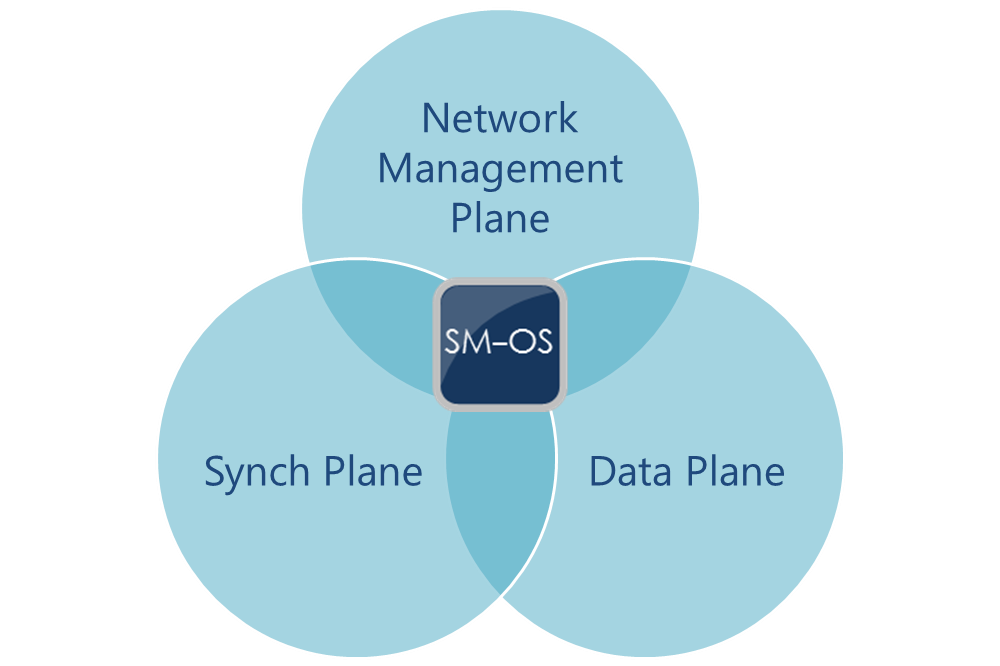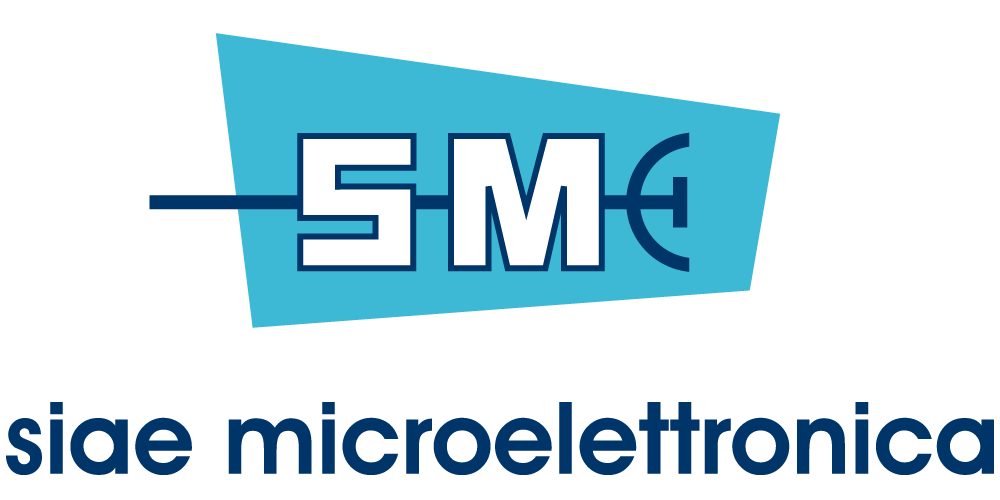With RAN evolutions new mobile backhaul scenarios have emerged, asking for different wireless transport solutions. As consequence microwave radio portfolios have expanded to cover the new connectivity needs, including in their offering RF Multicore full outdoor solutions, millimetre-wave radios, L2 Carrier Ethernet aggregators, L3 IP/MPLS functionalities.
With the proliferation of “purpose built” platforms, a need of operational consistency becomes paramount to ensure both best CAPEX in terms of “hardware best fit” per application as well as OPEX in term of achieving sustainability in an articulated portfolio, and easiness of introduction of new platforms. This is achieved thanks to the SM-OS.
SM-OS is based over three major components:

Network Management Plane:
- NETCONF/Yang in SDN deployment
- SNMP v1/v2c/v3, HTTPs, SSH, SFTP
- Radius for centralized user management
Data Plane:
- MEF 2.0 – Carrier Ethernet Services
- IP/MPLS – L2/L3 VPN Services
- QoS/HQoS – queue management/policing and shaping
Synch Plane:
- Synchronous Ethernet
- ITU-T G.8275.1 Profiles (T-BC)
- 1 PPS in/out port
With this implementation all products portfolio are guaranteed to offer seamless operational behaviour regardless of their mechanical arrangement, frequency of operation or architectural design.
SM-OS offers:
- Common feature availability across platforms, simultaneously
- Common GUI on all products from full outdoor, aggregator platforms and split mount radios
- Common operational behaviours
- Common operational set-up and supervision skill
Introduction of a new platform type in an existing networks requires minimum validation effort. Once learned to operate one product, the engineering team will be able to operate any SM-OS product, driving to a minimum the time to deployment and the need to training, with maximum capitalization of the learned skills.
Operators are therefore able to design new services, set up their network and send any engineer to site regardless of which SM-OS product they will find in-field.
IP/MPLS L2VPN and L3VPN services where tested at the EANTC showcase 2017.
Read the IP/MPLS multivendor interoperability tests PR
